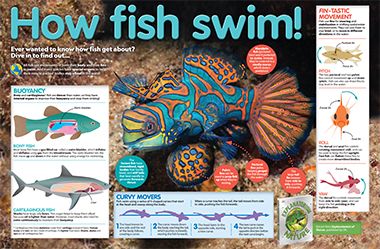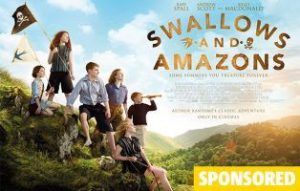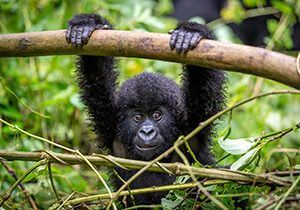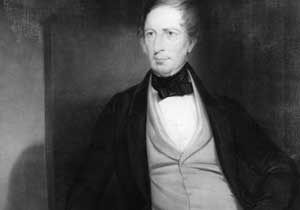
How Fish Swim Primary Resource
 This primary resource features detailed yet easy-to-understand information and simple diagrams to explain how fish swim. Discover how the bodies of fish are adapted to keep afloat and move through the water. What’s the role of a fish’s pelvic fins and pectoral fins? Which organ helps sharks maintain their buoyancy? Which kinds of fish are the fastest swimmers?
This primary resource features detailed yet easy-to-understand information and simple diagrams to explain how fish swim. Discover how the bodies of fish are adapted to keep afloat and move through the water. What’s the role of a fish’s pelvic fins and pectoral fins? Which organ helps sharks maintain their buoyancy? Which kinds of fish are the fastest swimmers?
The teaching resource can be used in study group tasks and discussions about fish and how they are adapted to life in the water. It can be used as a printed handout for each pupil to review and annotate, or for display on the interactive whiteboard for class discussion.
N.B. The following information for mapping the resource documents to the school curriculum is specifically tailored to the English National Curriculum and Scottish Curriculum for Excellence. We are currently working to bring specifically tailored curriculum resource links for our other territories; including South Africa, Australia and New Zealand. If you have any queries about our upcoming curriculum resource links, please email: schools@ngkids.co.uk
This Animals primary resource assists with teaching the following Key Stage 1 Science (Year 1) objectives from the National Curriculum:
Pupils should be taught to:
- identify and name a variety of common animals including fish, amphibians, reptiles, birds and mammals
- describe and compare the structure of a variety of common animals (fish, amphibians, reptiles, birds and mammals, including pets)
Pupils might work scientifically by: using their observations to compare and contrast animals at first hand or through videos and photographs, describing how they identify and group them; grouping animals according to what they eat; and using their senses to compare different textures, sounds and smells.
National Curriculum Key Stage 1 Science (Year 2) objective:
- Pupils should be taught to: identify that most living things live in habitats to which they are suited and describe how different habitats provide for the basic needs of different kinds of animals and plants, and how they depend on each other
- Pupils should be introduced to the idea that all living things have certain characteristics that are essential for keeping them alive and healthy. They should raise and answer questions that help them to become familiar with the life processes that are common to all living things. Pupils should be introduced to the terms ‘habitat’ (a natural environment or home of a variety of plants and animals) and ‘micro-habitat’ (a very small habitat, for example for woodlice under stones, logs or leaf litter).
- Pupils should compare animals in familiar habitats with animals found in less familiar habitats, for example, on the seashore, in woodland, in the ocean, in the rainforest.
National Curriculum Lower Key Stage 2 Science (Year 4) objective:
Pupils should be taught to:
- recognise that living things can be grouped in a variety of ways
- explore and use classification keys to help group, identify and name a variety of living things in their local and wider environment
This Animals primary resource assists with teaching the following Sciences Second level objectives from the Scottish Curriculum for Excellence:
- I can identify and classify examples of living things, past and present, to help me appreciate their diversity. I can relate physical and behavioural characteristics to their survival or extinction.
Scottish Curriculum for Excellence Third level Sciences objectives:
- I can sample and identify living things from different habitats to compare their biodiversity and can suggest reasons for their distribution.
Scottish Curriculum for Excellence Fourth level Sciences objectives:
- I understand how animal and plant species depend on each other and how living things are adapted for survival.
Download primary resource
More Like

Check out the new Swallows And Amazons film!

10 great gorilla facts!

The Amazing Adventures of Charles Sturt









LEAVE A COMMENT
THANK YOU
Your comment will be checked and approved shortly.
WELL DONE,
YOUR COMMENT
HAS BEEN ADDED!
COMMENTS
COOL
CUSTOMIZE YOUR AVATAR